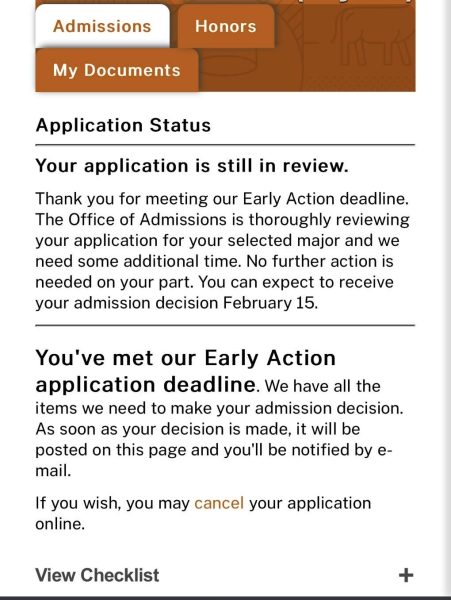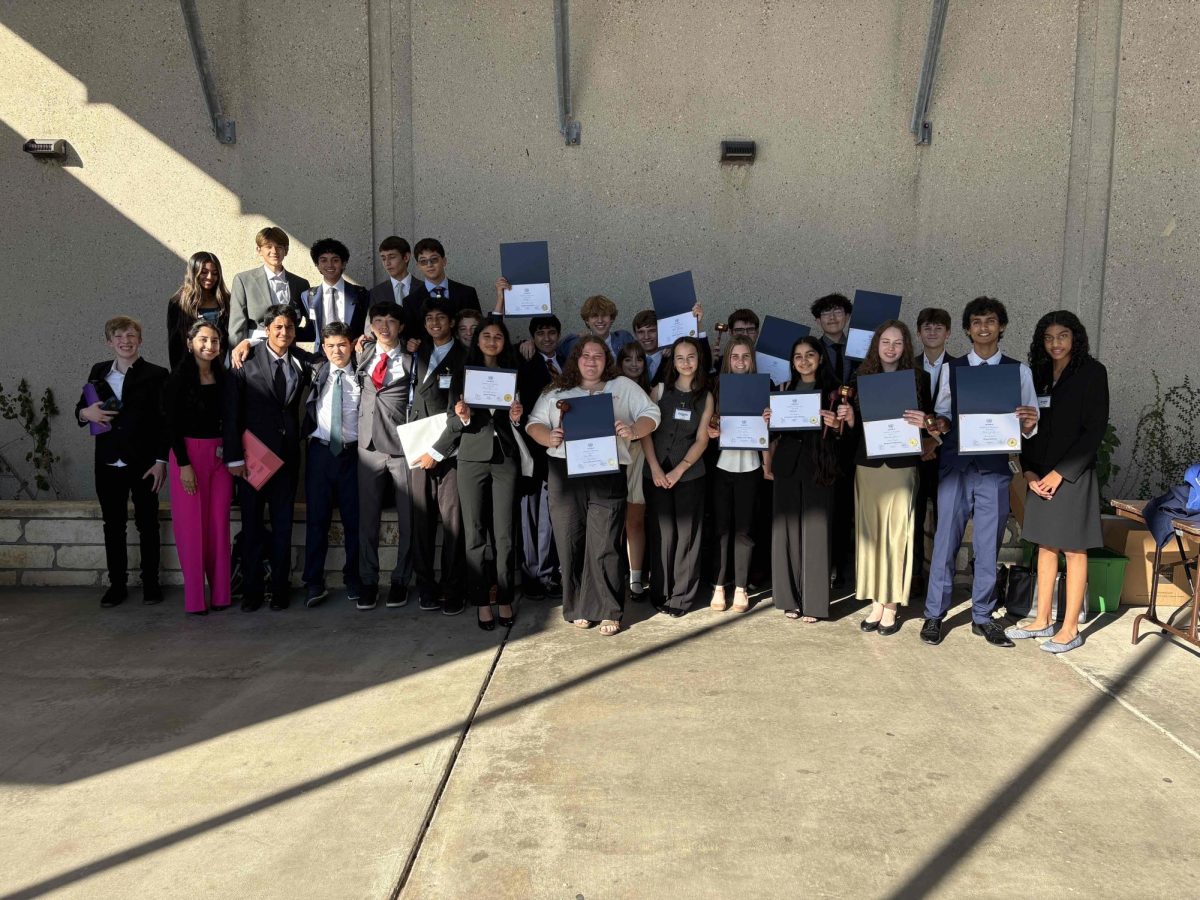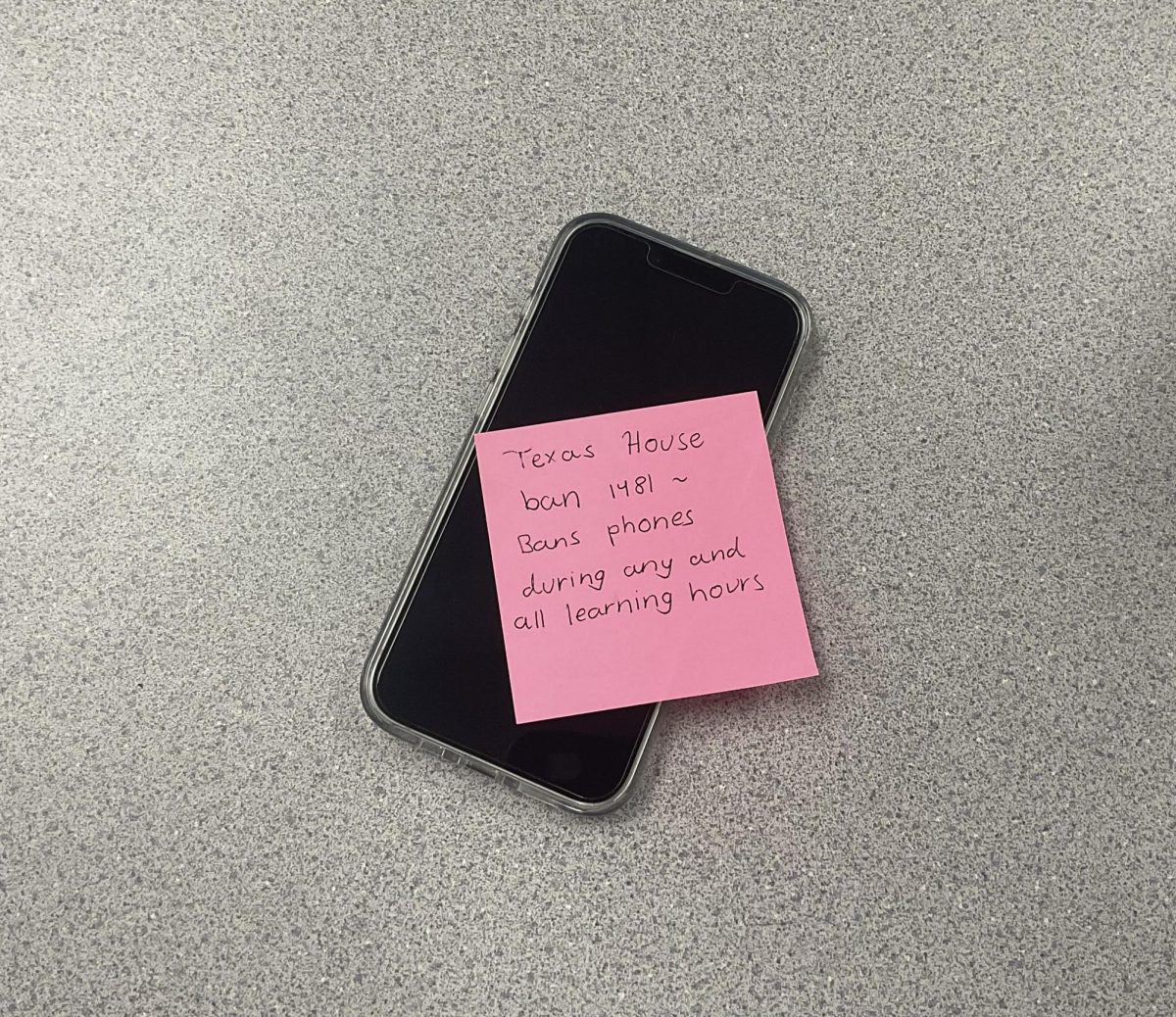When senior Demie Cano received a message from the University of Texas at Austin saying that her application was still ‘under review’ Jan. 15, she was in dismay. She cried a little, confused as to how she, having submitted her application six weeks early, received no real decision from the university by the promised deadline.
With no emails and no prior notice, Cano was confused as to what being ‘unde r review’ meant. The next day, the message changed to her application being ‘deferred,’ with still no further explanation.
r review’ meant. The next day, the message changed to her application being ‘deferred,’ with still no further explanation.
“I [wasn’t] sure about what they felt about the application, and they said that I didn’t have to do anything more on my part,” Cano said. “So it’s really like them pushing me aside.”
UT Austin received a record 91,000 freshman applicants for the Fall 2025 semester. 94.5% of those were deferred. Students were promised an admissions decision by Jan. 15, but only 5,000 students — about 5.5% of applicants — received decisions by then. UT deferred the remaining 86,000 applications.
Deferred students will receive their admissions decision by an extended deadline of Feb. 15, the university said in a statement, but the one-month delay left some applicants feeling disoriented.
Much of the frustration around the mass deferral comes from those who applied by the early Oct. 15 deadline instead of Dec. 1. The Jan. 15 decision deadline had been a guarantee for those “early-action” applicants.
“To hear that multiple of my friends got in when they [applied] regular action, instead of early action like I did, … that [hurt] me a little more, because I put more of my time and effort into doing an application early,” Cano said.
The deferral also reminded prospective UT students of the increasing academic competitiveness of universities for the coming semester. Changing standards are potentially stressful for applying seniors, which may affect which universities they choose to apply to.
For example, UT will once again require standardized testing scores in the coming Fall semester. And, the automatic admissions threshold to UT is changing from those ranked in the top 6% in schools to the top 5% for the Fall 2026 semester.
“Having a college that is my top choice that only looks into test scores, really is not impactful as a college that I want to be more with moving forward,” Camo said. “I don’t want a college to see me as a number, I want a college to see me as a person.”
According to Hendricks Education founder Jennifer Hendricks and counselor Karyn Reiber, however, UT has been in a tricky situation. The university received 91,000 applications this year compared to 73,000 last year.
The 24% increase can be attributed to the introduction of new degree programs, students’ success, improved affordability and high national rankings, according to UT News.
Plus, UT recently became known as a ‘Public Ivy’ after its ranking as the number 19 university in the US by QS, though it’s been on the list of such institutions since the term was originally coined by Yale University admissions officer Richard Moll in his book on the topic in 1985. Moll’s categorization is an informal title given to non-Ivy-League universities that are considered Ivy-level. Other Public Ivies include Stanford University and the University of Virginia.
Although Reiber believes UT’s categorization as a Public Ivy isn’t a major reason for the increased number of applicants, the school does also benefit from the appeal of Southern states to students from other parts of the US, according to Hendricks.
“We do have quite a few students from the Northeast who are just really wanting to come south,” Hendricks said. “There’s been a really interesting movement that has sort of occurred. Maybe after COVID, where students just really wanted to be in school, going to school, being outside.”
Even outside of UT, students are applying to more colleges since the implementation of the Common Application. When applying to one of the company’s 1,000 member schools, students only have to submit one application, in addition to supplemental essays required by specific colleges. The process is quicker and more streamlined for students, Reiber said.
In order to stand out among the growing mass of college applicants, Hendricks recommends that students develop their resumes throughout high school. Commitment to a field of study is a distinguishing factor considering that so many applicants already meet the standard of high test scores and high grades.
“So developing a theme or a story around one area, kind of going deep rather than going wide, will really help,” Hendricks said. “It’s very hard to apply to UT without a solid resume that shows that you’ve gone deep into a subject.”
Although many students feel demoralized after being deferred or rejected this admissions season, the decision by UT has moved some to reconsider their futures. Cano, for one, readies herself to accept whatever decision she receives from UT Feb. 15.
“I’m not religious at all, but I do believe that whatever happens happens … So, if I get denied, … it’s still going to hurt, but it’s still pushing me in the right direction where I should be going,“ Cano said.
Reiber and Hendricks encourage students to be open to a wide range of college options. Reiber recommends making a widely balanced college list, meaning all the colleges on the list are ones the student would be satisfied with. And, Hendricks feels that students should not take any admissions decisions as an attack, but as a sign to consider new paths.
“It’s [important] to trust the process, and that’s really hard, but there are so many great schools out there,” Hendricks said. “For some reason whatever powers that be are telling [you] that it’s time to … try something new … There are lots of doors opening, for every door that shuts, other doors open.”


















